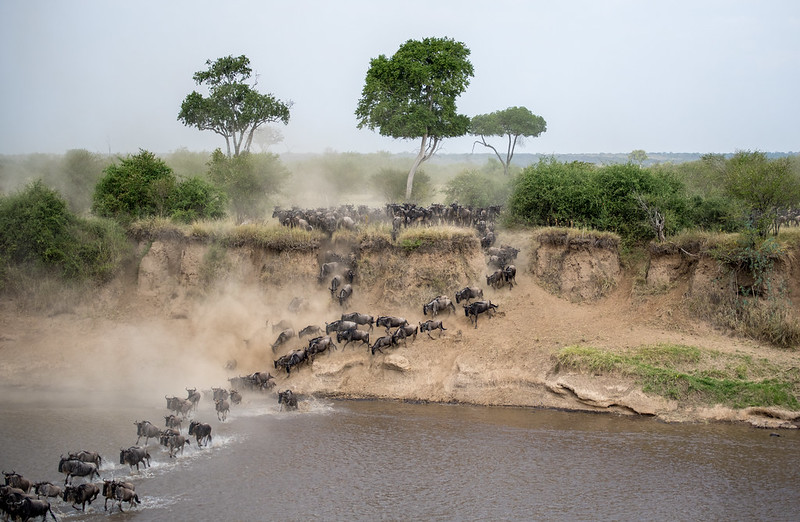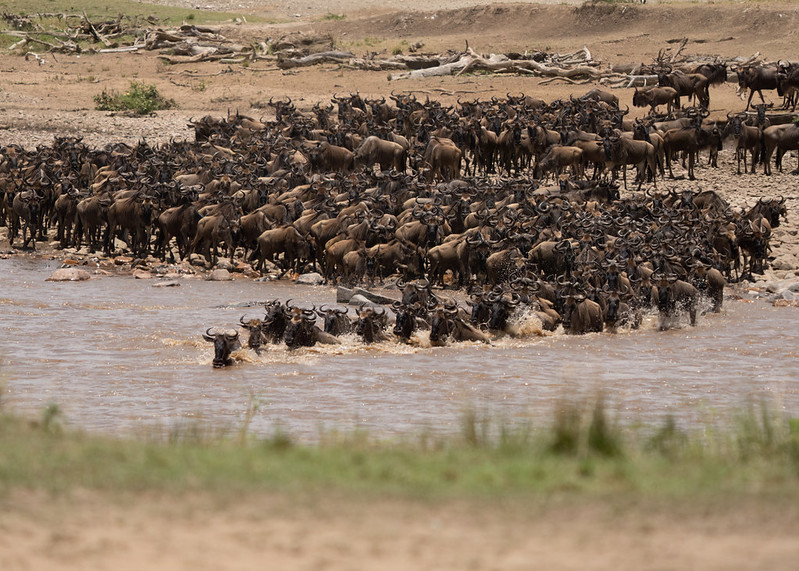When is the Ideal Time to Visit Tarangire National Park?
When is the Ideal Time to Visit Tarangire National Park?
Best time to visit Tarangire national park.
We suggest that the best time to visit Tarangire National Park is between June and October. This month marks the start of the region’s dry season, which makes for perfect game viewing conditions. However, this does not imply that any other months outside of this window are off limits—quite the contrary!
All year long, this national park is a fantastic place to visit. The experiences and activities you hope to have while traveling will determine the best time to visit Tarangire National Park. Check out our month-by-month guide below to determine the ideal time of year to visit this undiscovered Tanzanian gem.
Month-by-Month Guide for Travelling to Tarangire National Park
Visiting Tarangire National Park from January to March.
Tarangire’s green season runs from January through March. With the lushest and most abundant greenery, your safari experiences will have amazing natural scenery. Around 500 different kinds of migratory and sedentary birds can be seen in the park, making it the ideal season to go birdwatching in the area. Crested francolins, hoopoes, hornbills, bateleur eagles, brown parrots, crested francolins, and enormous lappet-faced vultures are a few of the birds that are frequently seen.
Travelling through Tarangire National Park in April & May.
Tarangire’s rainy season, which runs from April to May, is when most of the park experiences significant rainfall and the greatest chance of malaria. However, not all is bleak. You can benefit from lower lodging costs and less crowds during this time as it falls during the off-peak travel season in the area. Although you won’t see as many animals as you would during the dry season, this is a great time to go birdwatching and enjoy terrific game viewing. This is mostly because of the thick undergrowth that makes it challenging to see wildlife and because animals from the dry season, such gerenuk and oryx, migrate out of the park.
Travelling to Tarangire National Park from June to October.
Tarangire National Park is best visited between June and October for the best chances of seeing wildlife. Falling during the region’s dry season, the foliage thins down, making wildlife easier to observe. Additionally, the water supply is soon running out, leaving only a few water sources for animals to congregate around: The Tarangire River and the river valley’s wetlands.
The most well-known feature of Tarangire during the dry season is the opportunity to witness the lions that climb trees, along with other animals including elephants, spotted hyenas, wildebeest, giraffes, and zebras. The icing on the cake is that mosquito and fly populations are at their lowest from June to October, which means that there won’t be any bothersome pests buzzing around your head and that the risk of malaria is also at its lowest!
Visiting Tarangire National Park During November & December.
Tarangire national park has got quite a big number of attractions available to visitors for viewing and they include;
Wildlife species.
The park is an interesting destination situated the northern direction and providing all year-round fantastic opportunities for wildlife viewing to visitors. Various wildlife species, including large herds of elephants, buffalo, zebras, gazelles, Kudu, hartebeests, wildebeests, waterbucks, elands, giraffes, dik dik, and olive baboons, as well as predators like leopards, lions, cheetahs, and caracals, among others, can be seen during safaris in the national park.
Bird species.
Numerous bird species are among the things that guests on safari in Tarangire National Park may see. Ostriches, starlings, bee eaters, kori bustards, vultures, eagles, striped swallows, plovers, and hammer kops are a few of the bird species that can be seen.
Local community.
In Tarangire National Park, visitors also engage with the Maasai people, who are known for living nomadic lives.


